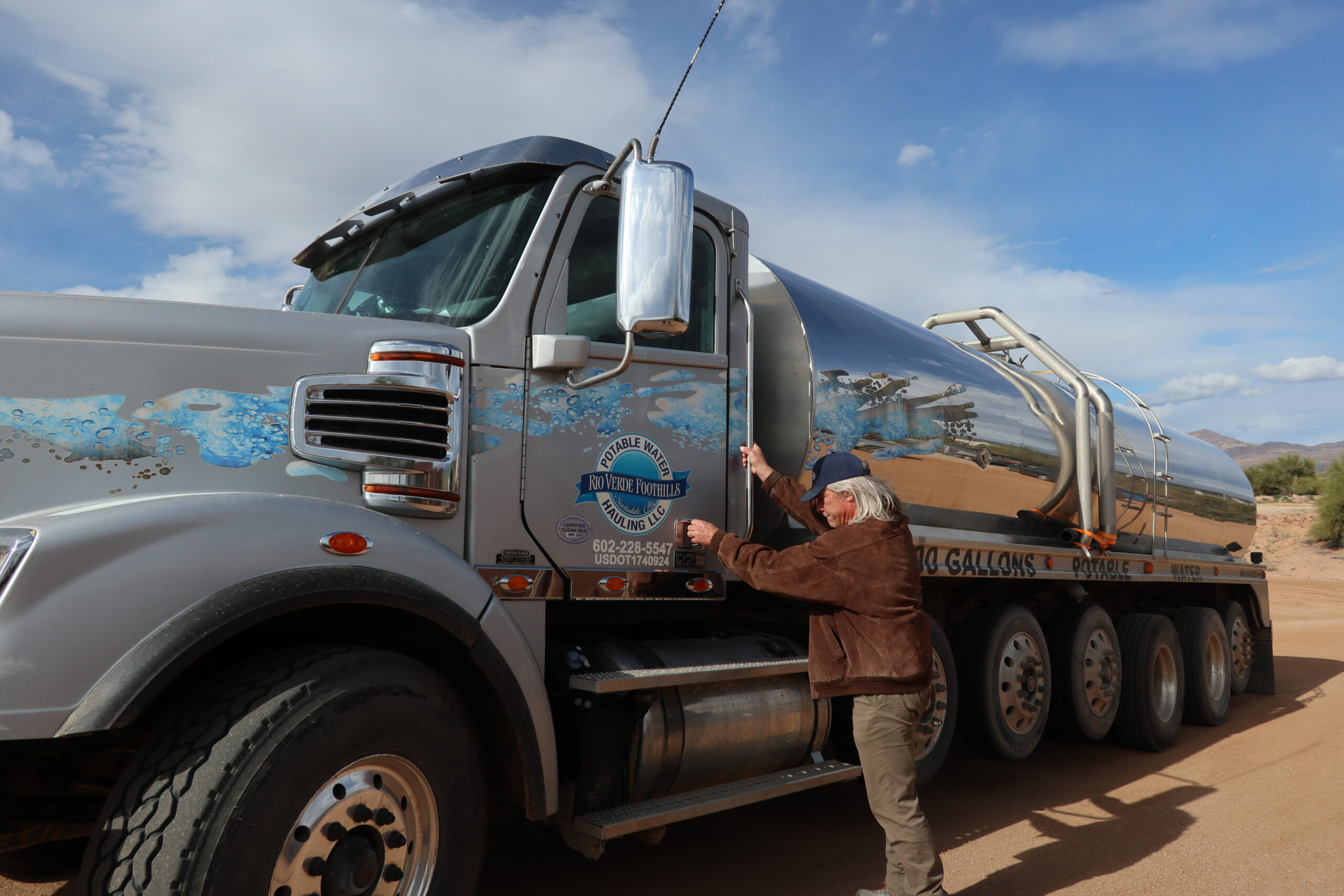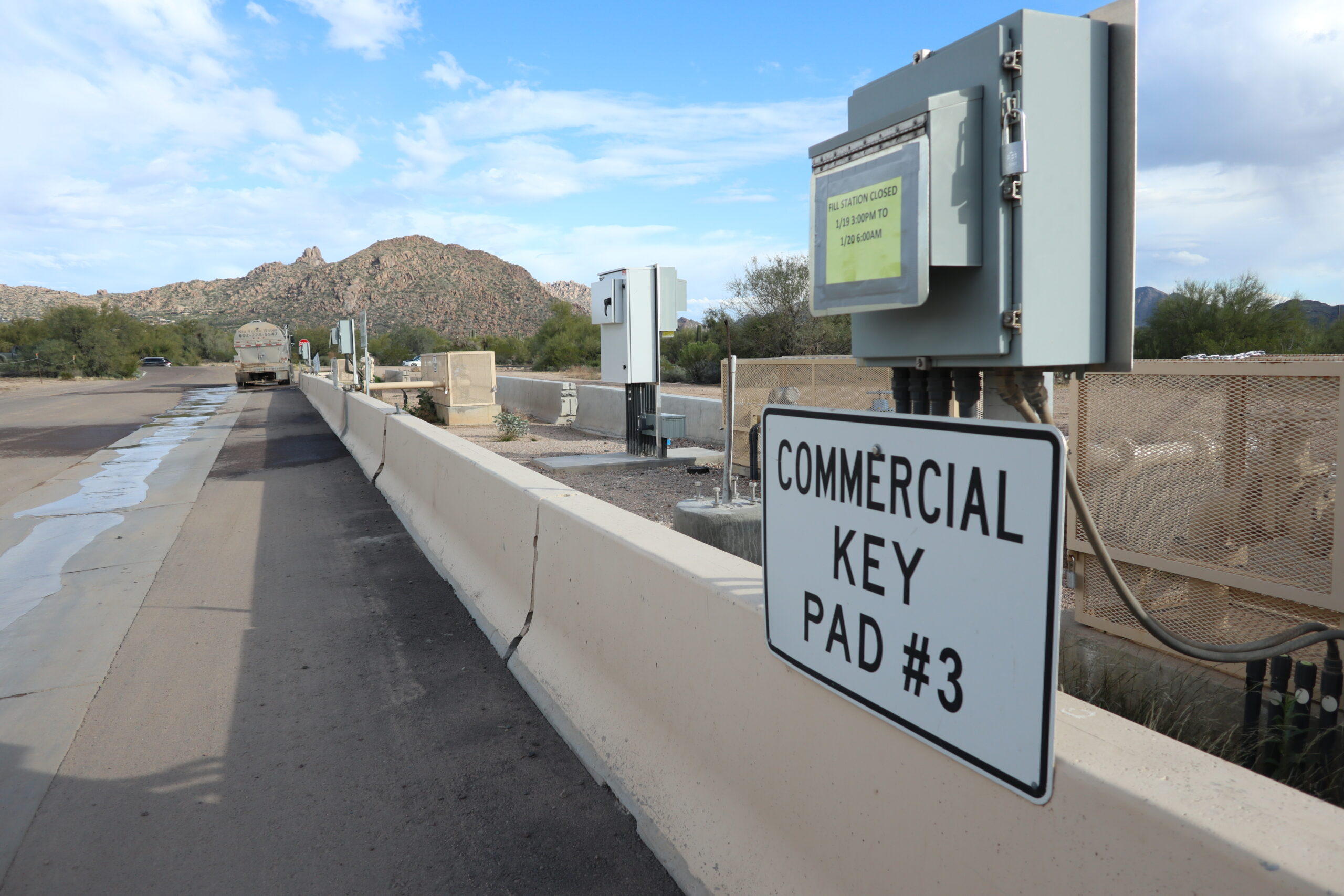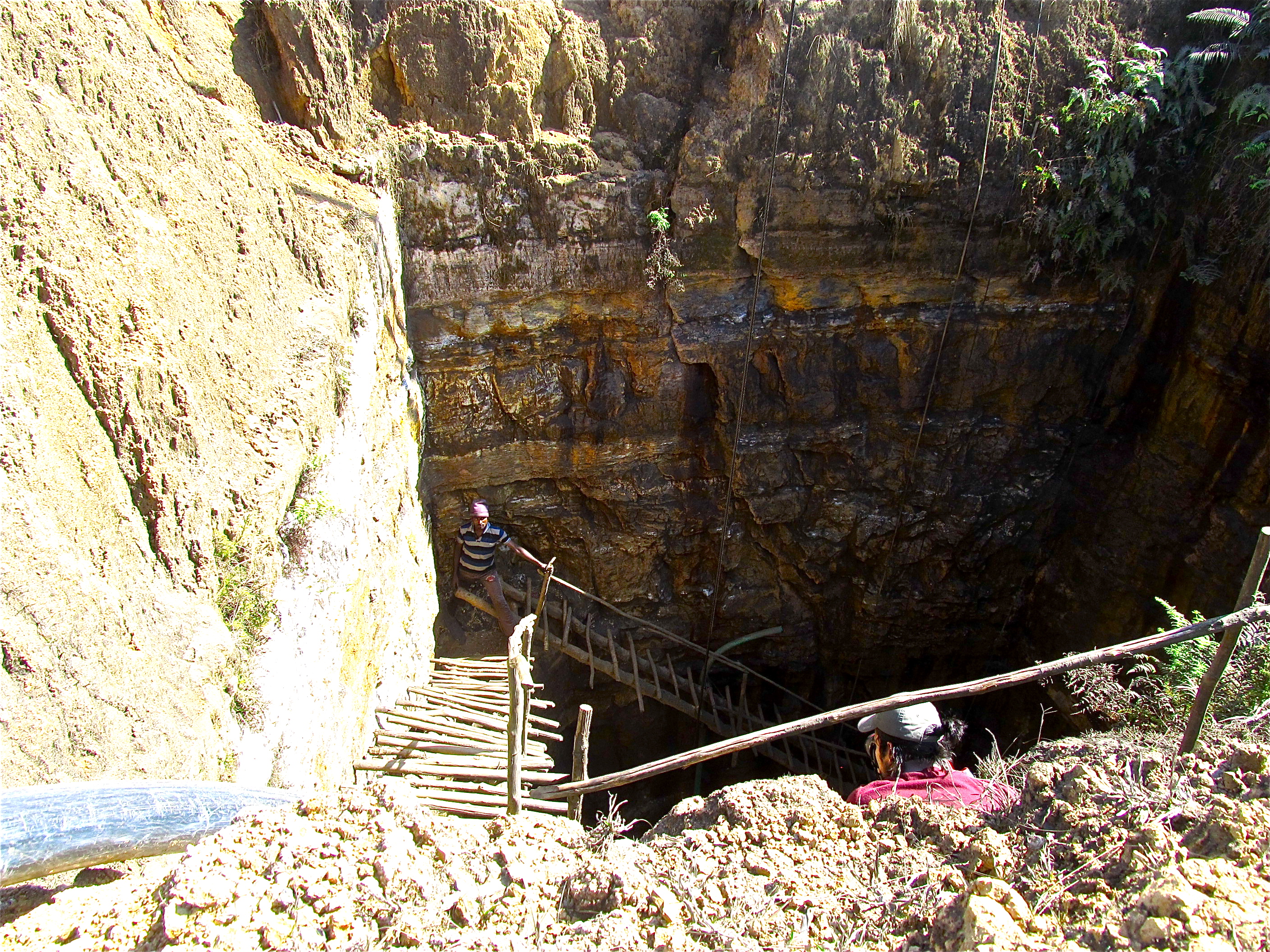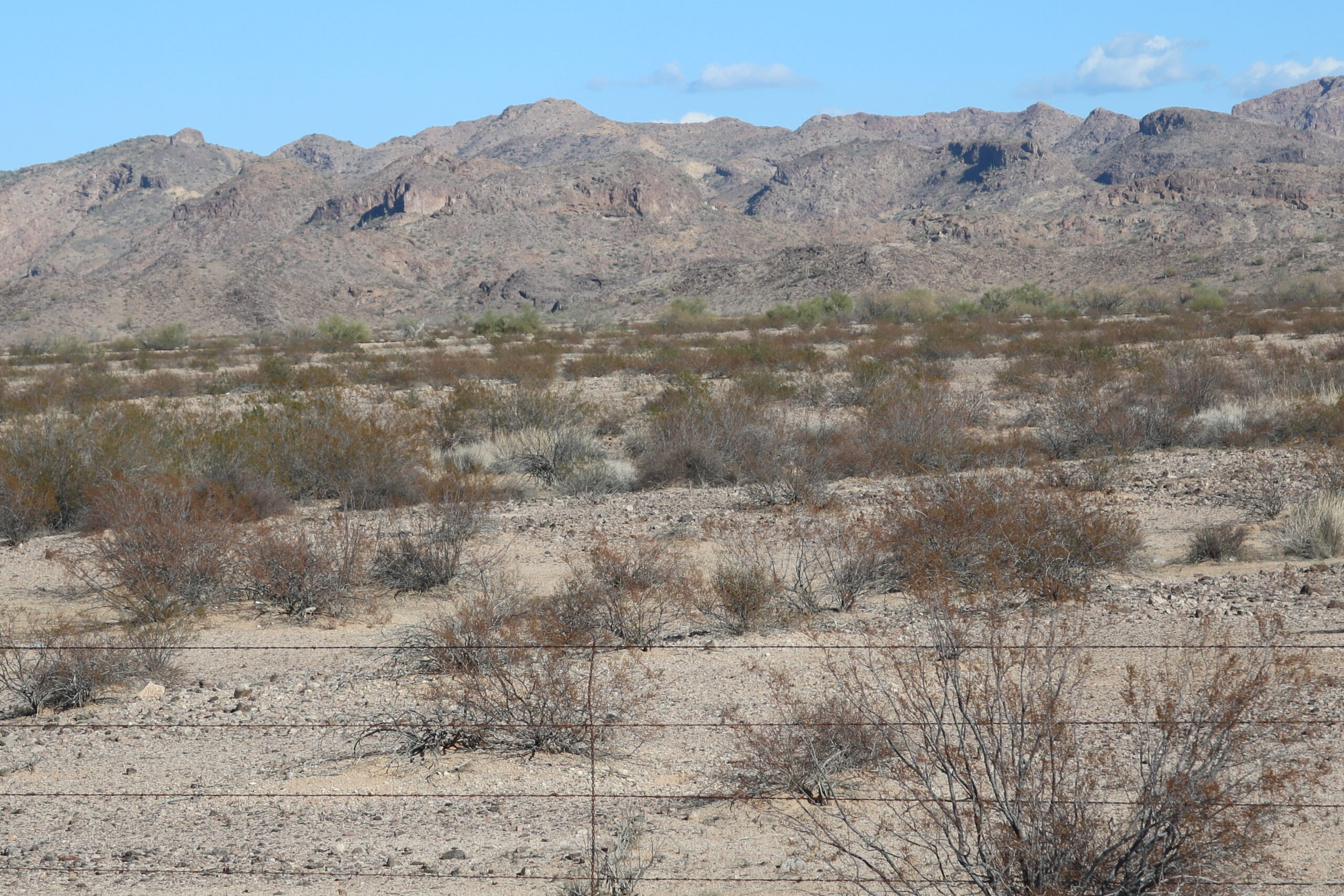
In Arizona’s southern region, close to the Mexico border,
the landscape turns excessively dry. (Photo/Keith Schneider)
PHOENIX — Three weeks into a trip to Arizona to report on the state’s magnifying water-scarce condition I’m becoming more expert in a contemporary American story that pits a state’s unyielding capitalist model of growth against Mother Earth’s power to change the rules of the game.
In its basic boundaries what’s happening here is a story of a state’s interest in coming to terms with the immensity of the water supply challenge it faces, its interest in being candid with residents and businesses, and the capacity of its public interest sector to respond. Grave shortcomings exist with all three. The Arizona Legislature, for instance, is a central player. But it is heavily influenced by extremists who are far more intent on disputing the 2020 presidential election results and limiting certain communities from voting.
The report for Circle of Blue is funded by a fellowship I was awarded last year by Stanford University’s Bill Lane Center For The American West.
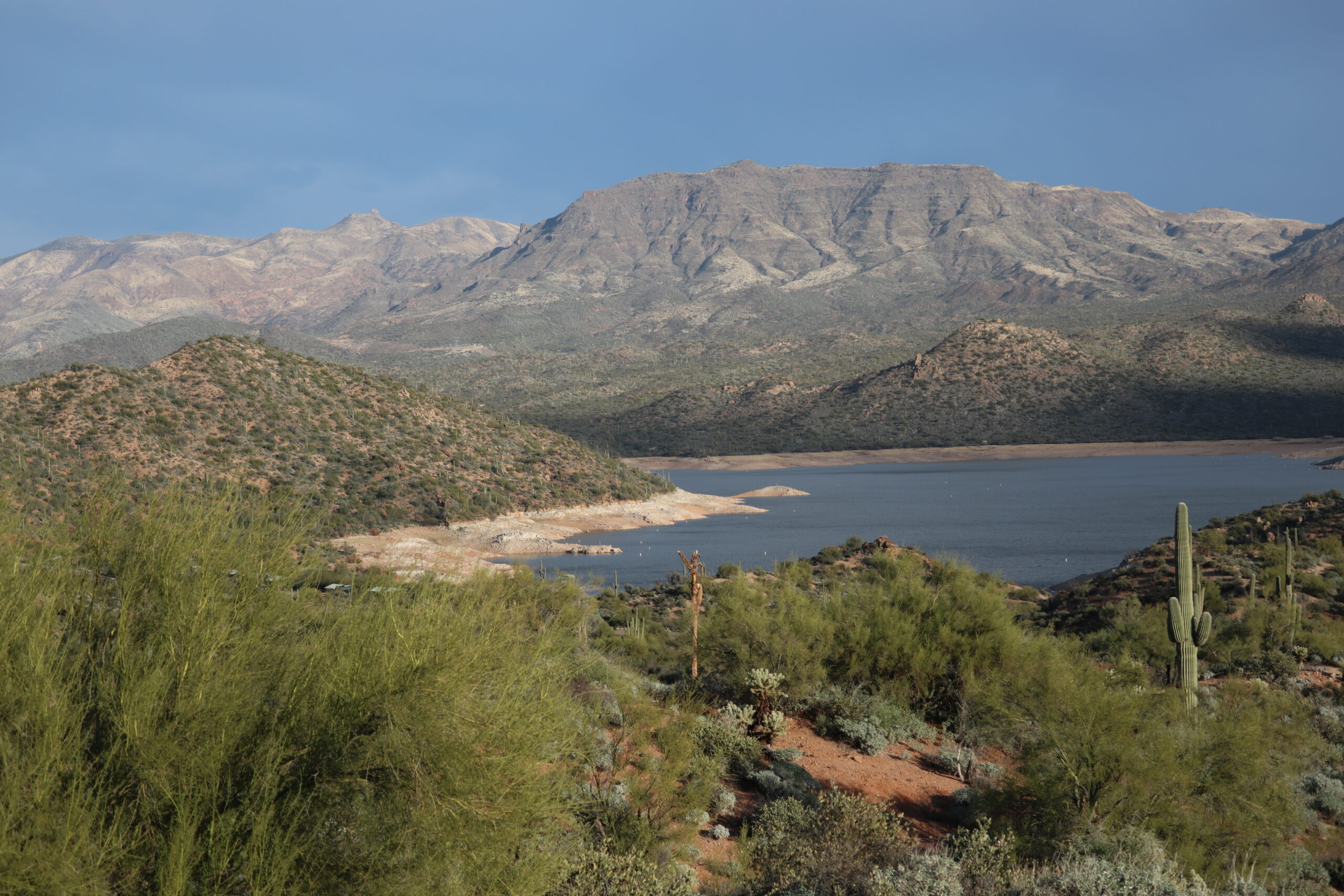
Very succinctly, here are some of the key conclusions I’ve reached. The three-part series will begin posting in late March:
— More people are scrambling to secure their drinking water supplies than the state is ready to acknowledge. I’ve documented thousands of families whose wells have gone dry and are supplying themselves with water hauled to their homes by truck (at $80 to $300 per load). I’ve found more than a thousand more families that are in danger of being cut off completely from any secure water at all because of changes in supply, policy, and circumstance.
— One of three counties that are Arizona’s largest suppliers of farm products is losing about a third of its irrigation water due to low supplies in the Colorado River. The same county is barred from issuing any new building permits due to even sharper losses in its groundwater supply. Farmers are fallowing fields. Developers are searching for tools to skirt the restrictions or find new sources of water to resume building in one of the nation’s’ hottest new home construction markets.
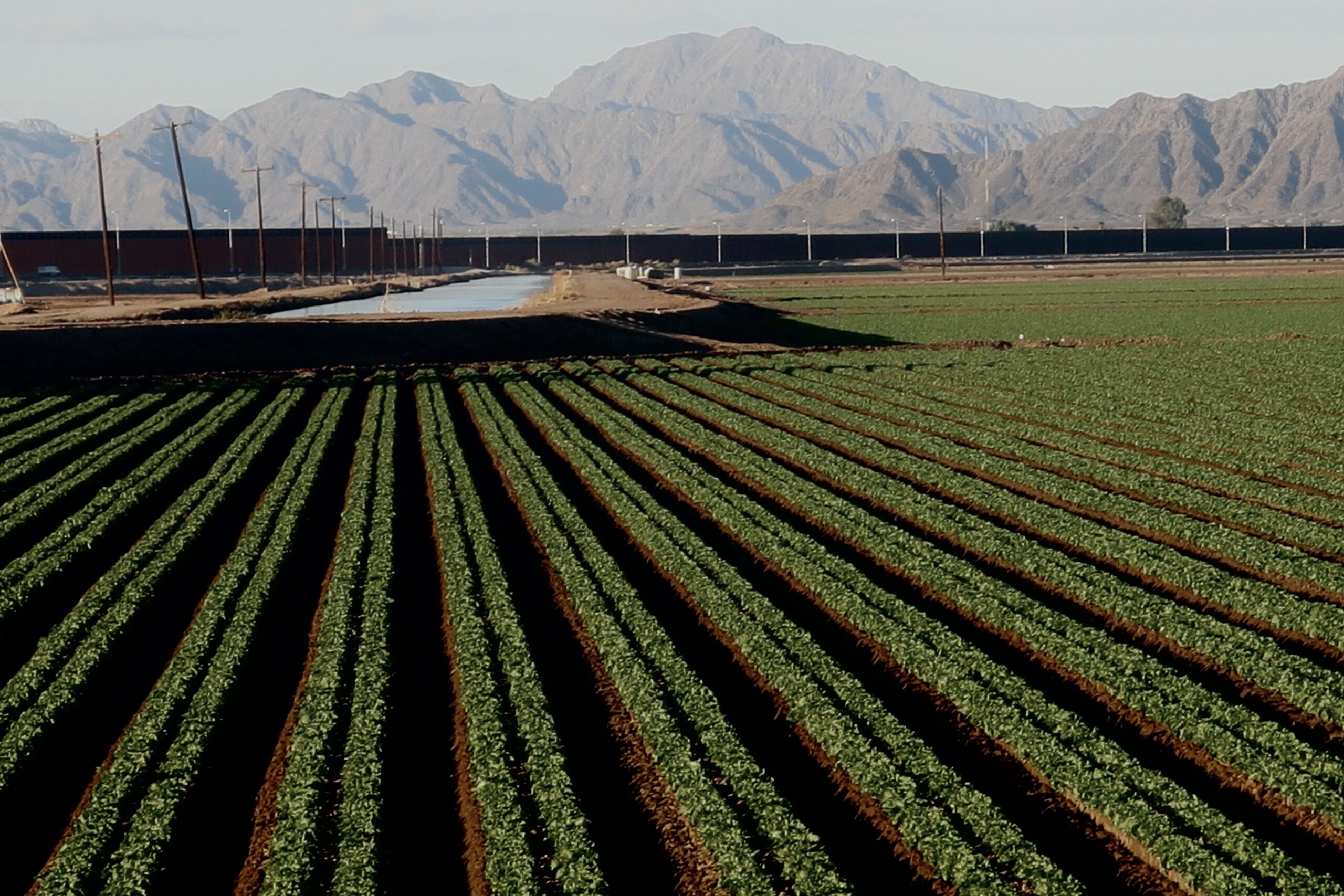
— More than 40 years ago, under Democratic Governor Bruce Babbitt, Arizona enacted a landmark groundwater conservation law that established restrictions and safeguards for pumping and water use in 5 regions. The measure is responsible, in part, for enabling the state to grow to 7.1 million residents, mostly in Phoenix and Tucson, and well over twice the number in 1980. The groundwater act is now showing its age. Three of the designated management areas are experiencing serious growth-related water shortages.
— The U.S. spent $4.5 billion to build a 336-mile aqueduct to transport Colorado River water through central Arizona to Phoenix, Tucson, and farm regions in between. The project was promised by the federal and state governments, and celebrated by farmers and developers, as the essential permanent provider of water to solve a desert state’s endemic water scarcity. Yet 37 years after it delivered the first drop to Arizona the aqueduct has stopped delivering that promise. In the next two years, the Central Arizona Project will transport half of the Colorado River water it was designed to deliver, and is causing water supply emergencies in several counties. Even less water is anticipated afterwards.
— Faced with drying conditions not experienced in memory, water brokering — the act of buying water in one region and selling it for $millions miles away — is gaining more visibility and interest. A Colorado River tribe seeks federal legislation to waive restrictions and sell its water to the highest bidder. Investors are buying farmland, and rights to the groundwater below, in a county west of Phoenix. Their goal is to serve the metropolitan area with new water supplies. Current price: a one-time charge of $7,000 an acre-foot (326,000 gallons) for a 100-year supply. One community that desperately needs water north of Phoenix is organizing to buy 250 acre-feet for $1.75 million. I’m told, but haven’t confirmed, that the investor group making the deal has gained control of 300,000 acre-feet for sale.
This is very plainly shaping up to be a century of momentous cross-cutting challenges and opportunities that encompass much of the American West— water scarcity and conservation, climate change and resilience, economy and public policy. Arizona is a case study for achieving a durable desert civilization with some really smart and effective ideas that are well-executed over the next generation. Without such a transition in its approach to water supply and use, Arizona is an undeniable warning for the country, and millions of Americans, for what is could go terribly wrong.
— Keith Schneider
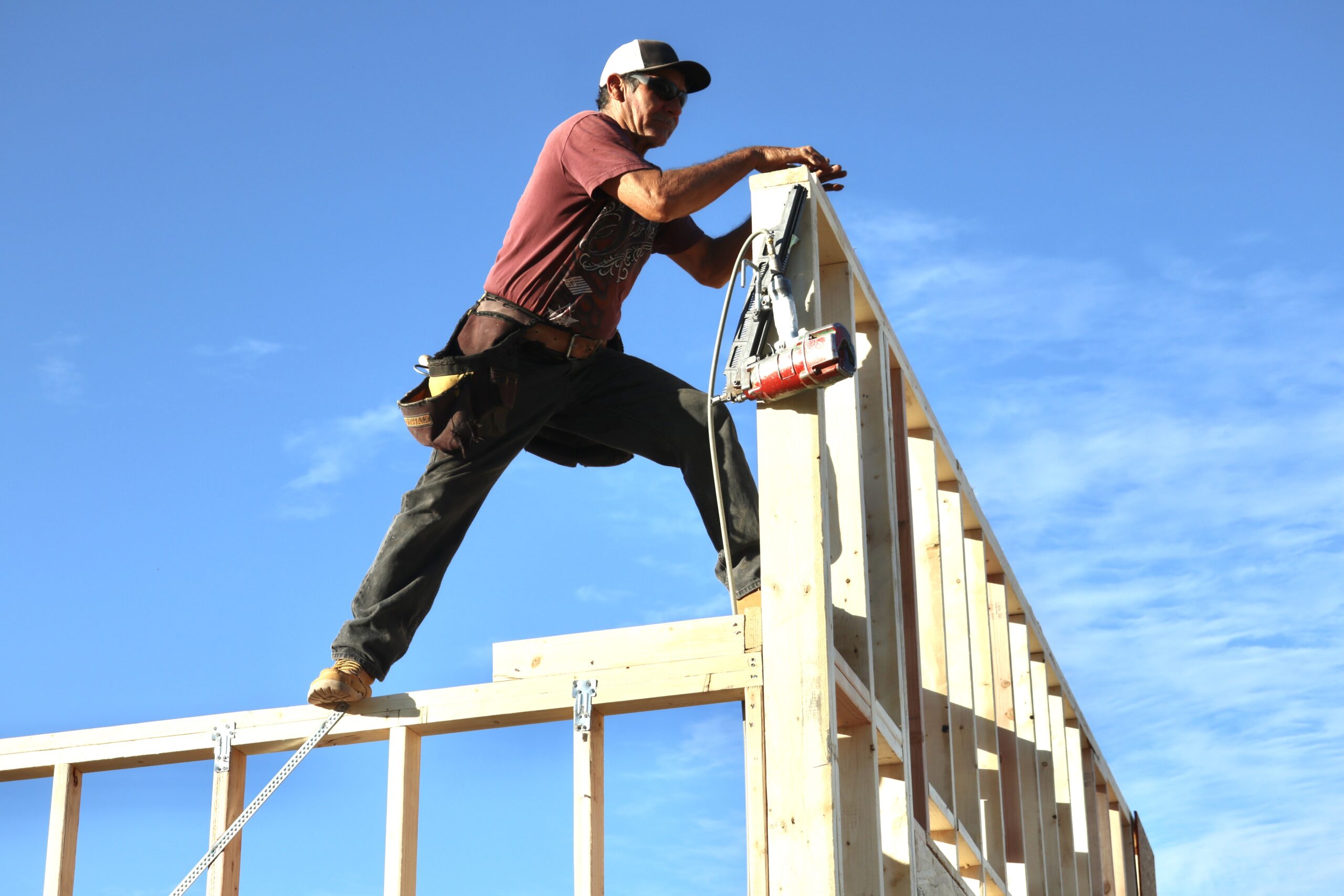
Home construction is at near-record levels in Phoenix. (Photo/Keith Schneider)
